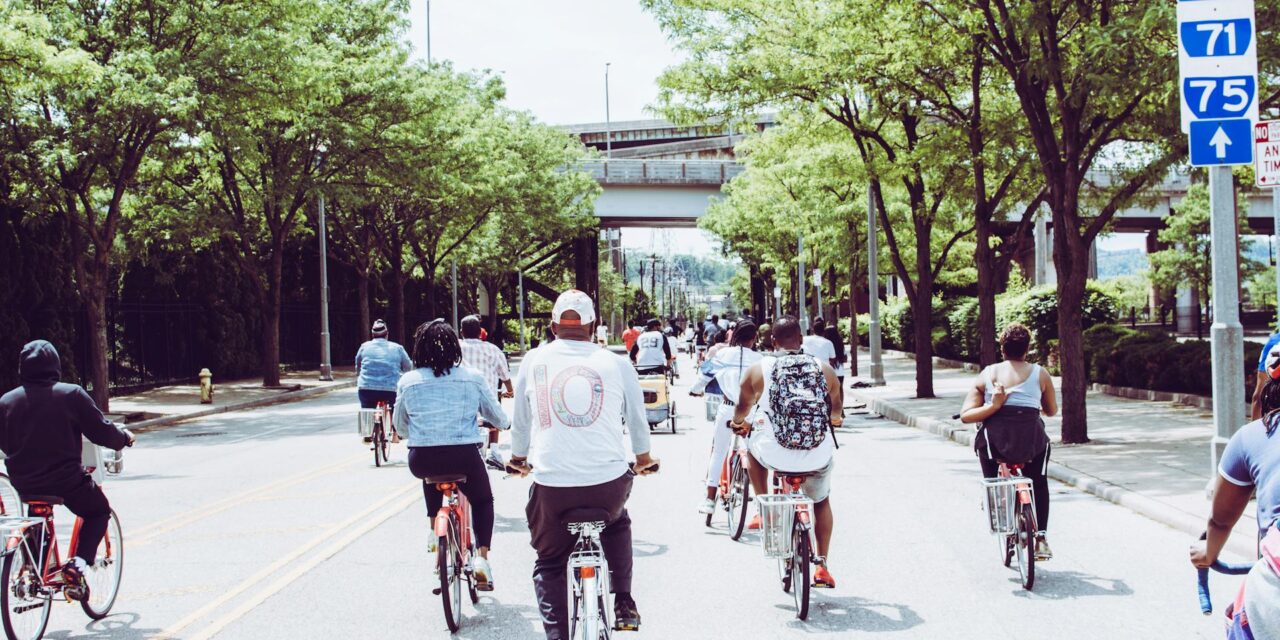Cycling is becoming a primary mode of transport in the UK once again, and not a moment too soon. Cycling is a healthy, low-emissions alternative to driving a vehicle that could also serve to clean up city streets and significantly reduce traffic congestion; these factors and more are what have led recent governments to invest heavily in cycling infrastructure, from increased paths and ‘cycle superhighways’ to city-wide e-bike rental schemes.
The corresponding increase in cyclists can only be a good thing – but also comes with an unfortunate caveat in the increased risk faced by cyclists on UK roads. Despite positive shifts in the Highway Code, and in public attitudes to cycling, there are still innumerable dangers faced by cyclists – largely from drivers.
It is vital that motorists practice defensive driving, and not just from a base ethical standpoint; failure to maintain a safe and sensible attitude to sharing the road with cyclists can lead to accidents, and hence expensive personal injury claims being brought against the responsible party. As a driver, what can you do to improve your practice on the road?
Be aware of your surroundings
Hazard perception is a key aspect of your driving test, and for good reason; things on the road can change all of a sudden, so it’s vital you are always paying attention and ready to react. This is especially the case when it comes to changing lanes or turning into a side road, where checking your mirrors and blind spots for passing or approaching cyclists is key.
Leave plenty of room
The Highway Code maintains that you must always keep a safe distance from cyclists – at least 1.5 metres when travelling below 30 miles per hour, and more distance when passing at higher speeds. This is not only to minimise the risk of a collision but also to avoid intimidating cyclists on the road.
Understand advice given to cyclists
We may often feel hard done by the presence of cyclists on the road, particularly if they decide to travel in the centre of the lane as opposed to by the kerb. However, this behaviour is recommended, and even enshrined in the Highway Code; cyclists are told to ride in the safest possible position for them, which may be away from gutters and defects by the kerb, or simply in the middle of the lane where roads are too small for overtaking.
The Dutch Reach
The Dutch Reach describes a method of opening your car door that benefits other road users; most of us will use the hand closest to the door handle to open a car door from inside – but this can risk approaching cyclists, if you’re not already in the habit of checking both ways before doing so. The Dutch Reach involves using the hand furthest from the door to open it, causing you to naturally turn your body – hence making it easier to check over your shoulder for cyclists or other road users.




